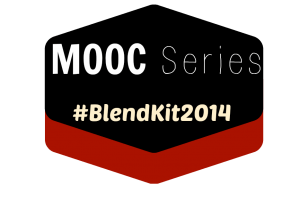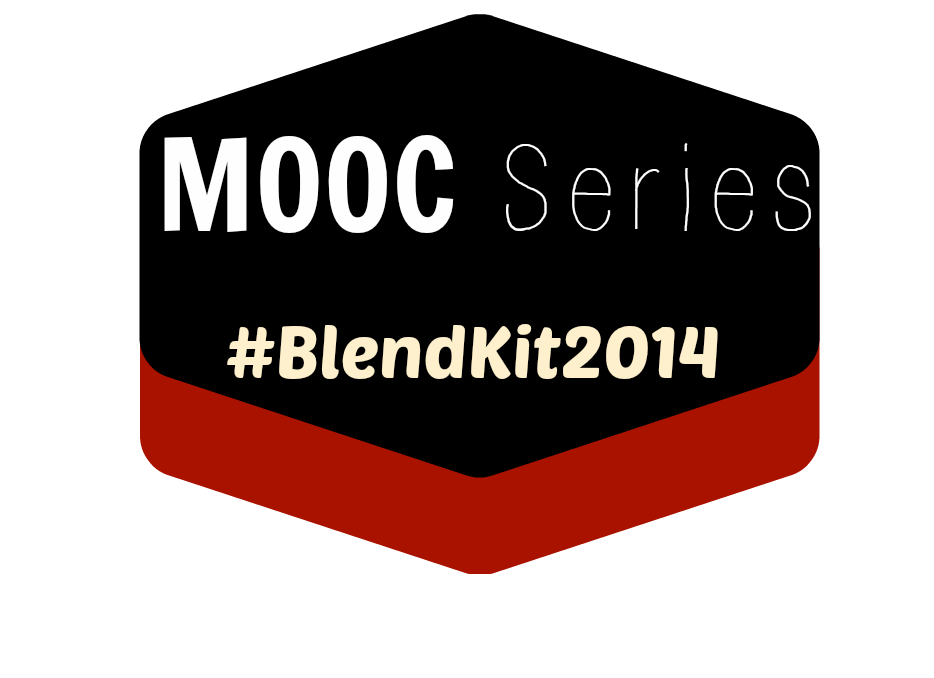
Becoming a Blended Learning Designer
Reaction to Chapter Four Reading
Questions to Ponder:
- How will you present content to students in the blended learning course you are designing? Will students encounter content only in one modality (e.g. face-to-face only), or will you devise an approach in which content is introduced in one modality and elaborated upon in the other? What will this look like?
I think the limit to the answer of this question is undoubtedly the content author and/or instructional designer. I know that I would need to create originally in my preferred modality/ies and then return to the content and enhance choices prior to a release of the course. At my current stage of content authoring I would feel most comfortable filling out the entire unit/module/course first and then returning to offer more choices of experiences which aligned with the remainder of the unit/module/course.
- Will there be a consistent pattern to the presentation of content, introduction or learning activities, students submission of assignments, and instructor feedback (formal or informal) in your blended learning course? How can you ensure that student’s experience your course as one consistent whole rather than as two loosely connected learning environments?
This is an area I am trying to focus on right now, how to make the experience predictive. I want the reader to know by placement, visual clues, timing what to expect next. To do this I have tried to chunk certain components of courses into recognizable elements by: name/formatting of name, by content creation mode (textbook-type readings and interactions are made in SoftChalk), by following same formatting for all assignments/drop box submissions.
From the Reading:
“…this process can be (more) confusing for students. However, if pursued with the module structure common in online teaching, blended courses can bring about higher levels of student engagement and more effective face-to-face time management.”
A few thoughts come to mind around this quote. First, Michael Horn has pointed out that (#iNACOL13 Session notes)virtual schools have done a better job of morphing to include face-to-face components versus a face-to-face establishment moving toward a blended approach. So the recommended approach needs to be modified; either you take a completed online course and modify to meet twice or you acknowledge that you probably are not offering a coherent, quality blended experience of a course. It may mean more front end work, but from online to blended is easier than face-to-face to blended. Second, being a good face-to-face teacher is not limited to the skill set of instructional design, assumes LMS tool knowledge, or guarantees enrollment in any online courses in ones background. Because these skills should not be assumed they either need to be discretely taught to current face-to-face teachers or teachers/facilitators of the course(s) need to partner with instructional designers. Finally, that “consistent pattern of the presentation” idea presented in the second question to ponder which I called out can make this point work for the instructor or the course instead of against. This again, back to my first point, relies on the point of view being from an online course and blending that online course into face-to-face interactions.
“‘I’d devote more attention to integrating what was going on in the classroom with the online work’….We found it impossible to stress integrating face-to-face and online learning too much.”
“Students can be critical of blended instruction if they feel the face-to-face and time-out-of-class components of the course are not well-integrated.”
I wonder if these feelings were due to trying to retro-fit a face-to-face course into a blended experience? I assume so, and if that is the case the above approach needs to be considered. However an institution is able, the course needs to originate as an online experience and the teacher should be allowed to artfully pull out the face-to-face components.
“Technology extends the classroom walls and thins the structure of courses.”
I just love this quote…. thinning the structure of courses …. that is a beautiful way to imply that the real world is either seeping into the course or that the course learning is bleeding out into the real world.
“Technology can open doors closed by geographical distance or time.”
Again, this is a lovely way to call out that the segregation of place or pace of learning should not limit access.
I really liked Table 3. Teacher and learner activities it provided explicit activities and painted a picture of what each role is “doing” during class, whether synchronously or asynchronously.
DIY Tasks
(still drafting)
Please view my completed module template. Or download here: Canvas module template completed
Please view my completed Course Integration Chart. Of download it here:






Leave a Reply